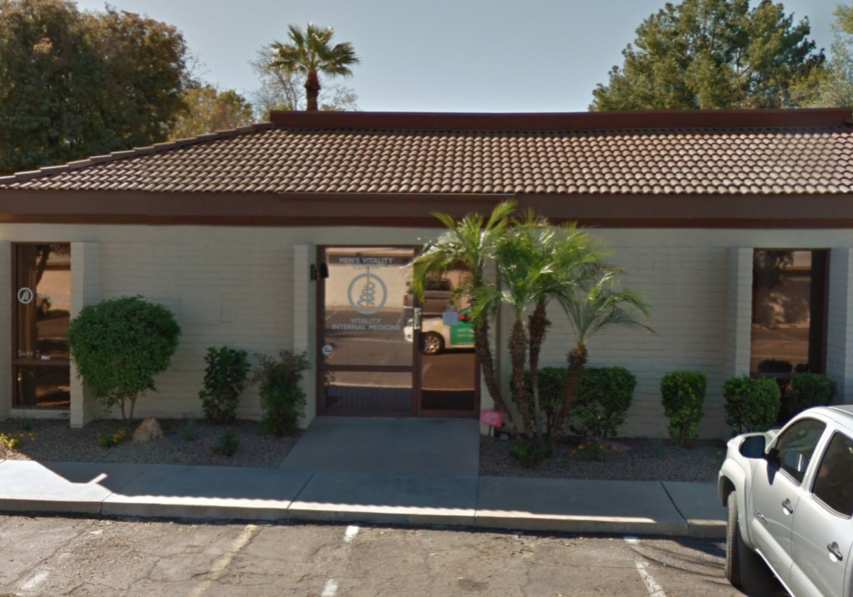Low testosterone (low T) effects 4 to 5 million men in the US. While a gradual decline in testosterone is normal starting after the age of 30, in some situations testosterone levels drop faster than normal resulting in symptoms that can effect men physically and mentally.
What it feels like to have low testosterone
Generally, a wide range of feelings have been attributed to low testosterone in men. Some men describe the feeling as being an 80 year old man trapped in a 40 year old man’s body. They describe being lethargic, having low energy and napping often. They also describe having brain fog and are unable to concentrate for any sustained period of time. They also struggle with muscle mass and muscle weakness. One YouTuber described having “old man’s arm” as he showed off the size of his bicep. Others discuss symptoms of anxiety and depression brought on by low testosterone and the symptom most commonly talked about is a low libido or having erectile dysfunction. Any combination of these symptoms should be discussed with a doctor in order to have a blood test done to confirm that the cause is low testosterone.
What Causes Low Testosterone?
Low testosterone has been linked to hypogonadism which is the inadequate production of the testosterone hormone. Low testosterone can be caused by a variety of different events and at different stages of life.
While some forms occur due to damage or abnormal development of the testes. Other instances can result from illness, such as HIV or tuberculosis, or due to obesity. Some medications can also lead to low testosterone, such as the use of steroids.
How to Find Out if You Have Low T
If you are experiencing any of the symptoms discussed above and suspect that you may have low testosterone, the true test for testosterone can only be truly diagnosed by the following:
- Blood test: A blood test reveals the existing blood testosterone level, Testosterone below 300 ng/dL indicates Low T.
- Physical examination: This involves a skilled doctor examining body hair, pituitary tumor, testes, scrotum, penis etc. This would provide an insight into the occurrence of an existing condition. They could also reference patients’ medical history.
- Scans and Tests: Other tests such as CT Scan or MRI can be done to look for a pituitary tumor. Genetic studies can also be done to help doctors identify inherited conditions evident in DNA structures.
How to Treat Low Testosterone
If you are diagnosed with low testosterone there are certain lifestyle changes you can make to help raise your testosterone levels. Some are lifestyle changes such as diet and exercise.
Your doctor may discuss other options such a Testosterone Replacement Therapy (TRT), which come in the forms of topicals, injectables, and patches.
To learn more, visit our page on testosterone replacement therapy. Our medical specialists can help you feel like yourself again. If you are in the Mesa, Arizona area, you can schedule an appointment with us today!
Schedule Your Appointment
Fill out an appointment request to have one of our team members reach out to you or CALL(480) 534-5846 to set up your appointment today.
Find a Men's Vitality Center Near You
We pride ourselves on being a comprehensive Internal Medicine practice that specializes in Male Testosterone Replacement Therapy (TRT), Women's Hormone Replacement Therapy (HRT), Adult Internal Medicine and Opiate Addiction Treament near you.
3 Locations Valley-Wide to Best Serve You. Select a Clinic Below for Location Details & Google Reviews













